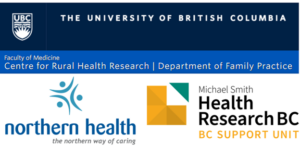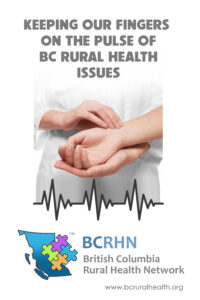Toxic-drug death rates per 100,000 people are highest in the Northern Interior (106), North Vancouver Island (78), Vancouver (66) and Central Vancouver Island (62). according to the BC Coroners Service. THE CANADIAN PRESS/Jonathan Hayward
Cindy E. Harnett
Despite the drop, about six people a day continue to die as a result of the unregulated toxic drug supply — down from nearly seven last year
The number of people who died from toxic drug poisonings in the first half of this year is down from the same period last year, and the overall death rate is at a four-year low, according to new data from the B.C. Coroners Service.
There were 1,158 deaths by June of this year, down from 1,279 in the same period last year — a nine per cent drop, said John McNamee, acting chief coroner.
The death rate per 100,000 people, meanwhile, has hit a four-year low — 40.8 in June, compared with 46.3 at the six-month mark last year, 43.1 in 2022, and 41.3 in 2021.
McNamee said despite the drop, about six people a day continue to die as a result of the unregulated toxic drug supply — down from nearly seven last year.
Mental Health and Addictions Minister Jennifer Whiteside said the numbers released Tuesday reflect what the province has seen over the last number of months.
“It’s hard to resist feeling somewhat hopeful about seeing a lower number of deaths because, of course, every single life is worth saving,” Whiteside said Tuesday. “That is why we are working so hard on every front, in every way, to bring resources to bear on this crisis, until we get that number down to zero.”
Whiteside said work is underway to determine what the decrease means — if anything — adding it’s the first slightly downward trend in the toxic-drug death rate the province has seen since before the COVID pandemic.
Dr. Paxton Bach, co-medical director for the British Columbia Centre on Substance Use, emphasized that while the decline is something everyone wants to see continue, six people continue to die every day as a result of toxic drugs.
“So this is not cause for celebration,” said Bach. “We need to contextualize this and remember that we’re still far off where we need to be.”
Along with the deaths, many people continue to suffer life-altering injuries — overdoses, seizures, brain injury and infections — as a result of the toxic drug supply, he said
Island Health Chief Medical Health Officer Dr. Réka Gustafson said while the nearly 10 per cent decline in deaths is “welcome,” the number of deaths so far this year is still higher than the 1,078 deaths in 2021 and 1,153 deaths in 2022.
(The rate of drug deaths takes into account population growth over the last four years. Population growth from 2021 to 2024, for example, was about 8.6 per cent, while the rate of toxic drug deaths over the same period was about 7.4 per cent.)
Gustafson also said that while there has been a decline in death rates in Fraser Health and in Vancouver Coastal Health and Interior Health, “there hasn’t been a meaningful decline in Island Health and there has been a concerning increase in Central and Northern Island.”
More than one-fifth of the lives lost so far in 2024 have been in Vancouver (22 per cent), followed by Surrey (10 per cent) and Greater Victoria (seven per cent).
Gustafson said Island Health has most of its addiction services in the south Island, but has been working hard to provide more in the central and north Island.
Since 2017, the government has created about 659 new substance-use beds, and last year there were 1,000 more people accessing treatment and recovery beds than in 2022.
Last week, the province announced the $152-million expansion of its Road to Recovery addictions-care model — offering everything from detox to treatment and aftercare to clients.
It launched in Vancouver Coastal Health and Providence Health Care at St. Paul’s Hospital in Vancouver and is being expanded to all health authorities.





